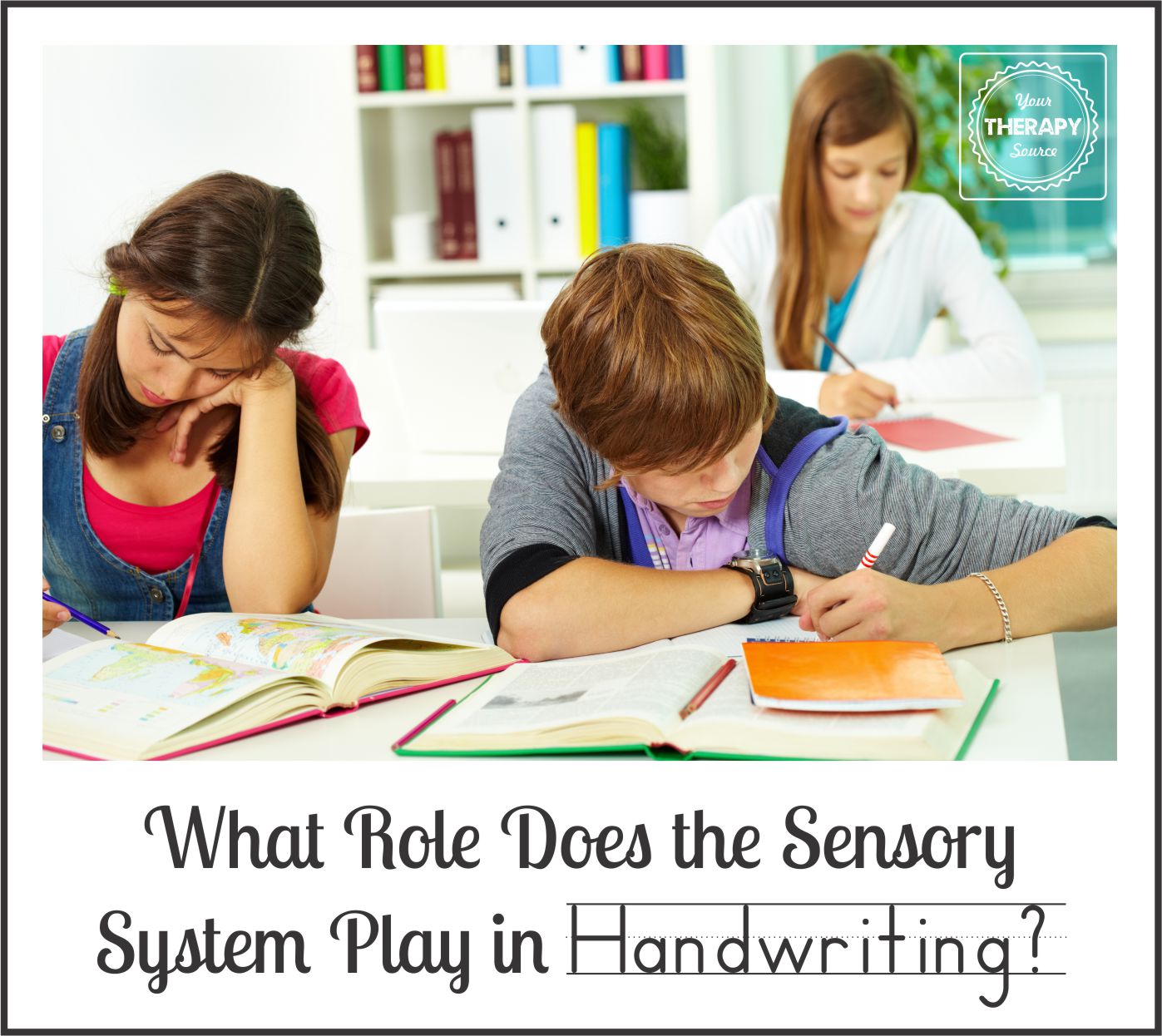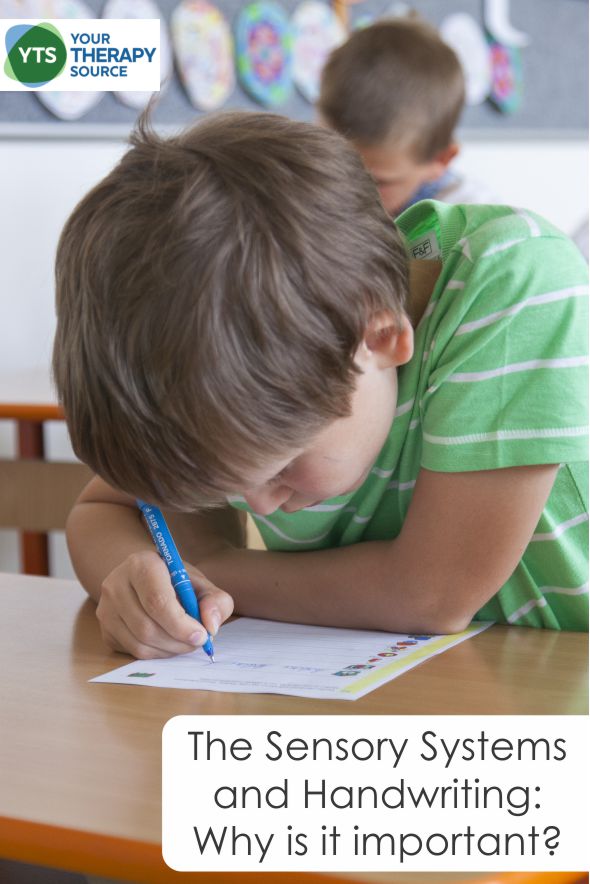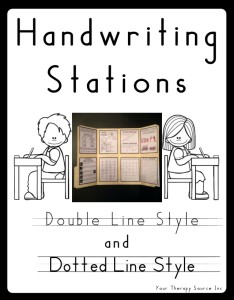Multi Sensory Handwriting and Why It Is Important

Are you familiar with the phrase “multi sensory handwriting” and why it is important? Teaching handwriting is more complex than you would think since it is not just about putting pencil to paper.
Multi Sensory Handwriting – What role does the sensory system play in handwriting?
The sensory motor system plays a vital role in the ability to produce functional handwriting. Yes, handwriting obviously requires motor movements – fine motor skills to hold the writing utensil, wrist and shoulder movements to move the arm across the page and postural movements to hold the body upright. From the surface it may appear that handwriting is strictly motor movements to control a writing utensil.
Keep in mind that the sensory system plays just as important of a role to establish effective handwriting. Here are five sensory components that influence handwriting:
- Visual system – the eyes need to register visual input correctly in order to produce legible and efficient handwriting.
- Auditory system – the ears need to listen and process letter and word sounds, otherwise known as phonics.
- Proprioceptive system – the joints and muscles need to provide information on how much pressure to put on the writing utensil and how much the muscles should respond to move the fingers on the writing utensil and hand/shoulder complex along the paper.
- Tactile system – the hand needs information on where and how to touch the writing utensils and paper.
- Vestibular system – the inner ear helps to distinguish where to position the head, neck and trunk in order to maintain visual focus and an upright posture.
Examples of Preparatory Activities for Handwriting
Multi sensory handwriting activities can begin with preparatory activities to get the body ready to write. Sensory processing activities such as wall push ups, finger push ups, finger massages, etc. can be effective warm up activities prior to handwriting practice.
In order for an appropriate motor output to be formed (legible handwriting), the incoming sensory information needs to be processed correctly.
Read more about the Four Components of Letter Recognition here.
Handwriting Stations include the materials to create a handwriting station on a tri-fold or in a folder. The station includes proper letter formation for capital and lower case letters, correct posture, pencil grip, warm up exercises, letter reversals tips and self check sheet. In addition, there are 27 worksheets for the alphabet and number practice (Handwriting without Tears® style and Zaner-Bloser® style). This download is great for classroom use, therapy sessions or to send home with a student. FIND OUT MORE
Need No Prep Multi Sensory Handwriting Activities?
Check out all of these themed handwriting worksheets that are ready to print and use. No planning or prep time needed.
Each digital download includes movement, “rainbow” writing, handwriting practice, visual discrimination practice, scissor skills and pasting. Each title also includes a scoring rubric to track progress.
Multisensory Alphabet Activities
Winter Multisensory Handwriting Activities
Valentine’s Day Multisensory Handwriting Activities
Spring Multisensory Handwriting Activities
Summer Multisensory Handwriting Activities
Fall Multisensory Handwriting Activities
Halloween Multisensory Handwriting Activities
Thanksgiving Multisensory Handwriting Activities
December Multisensory Handwriting Activities




